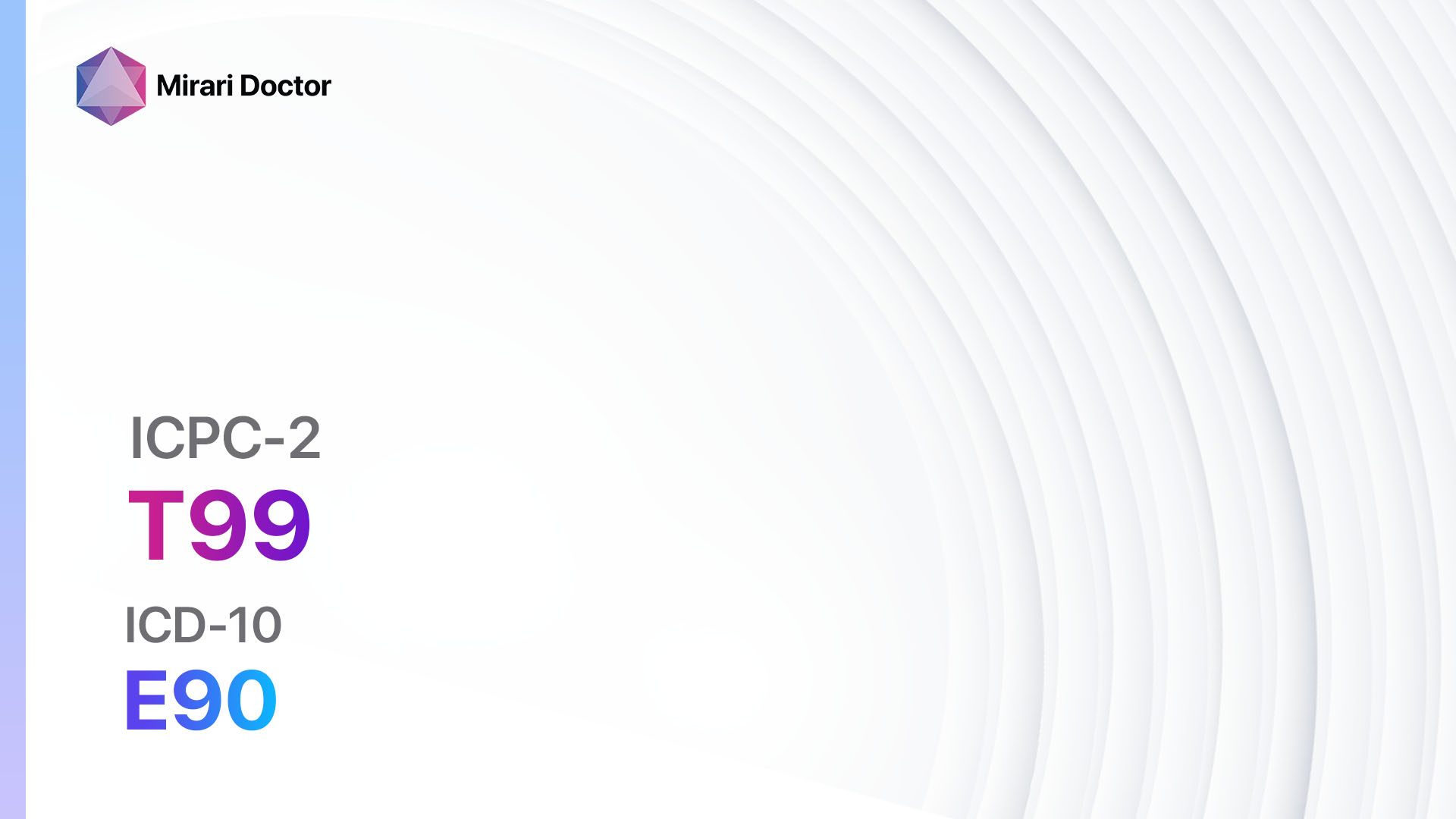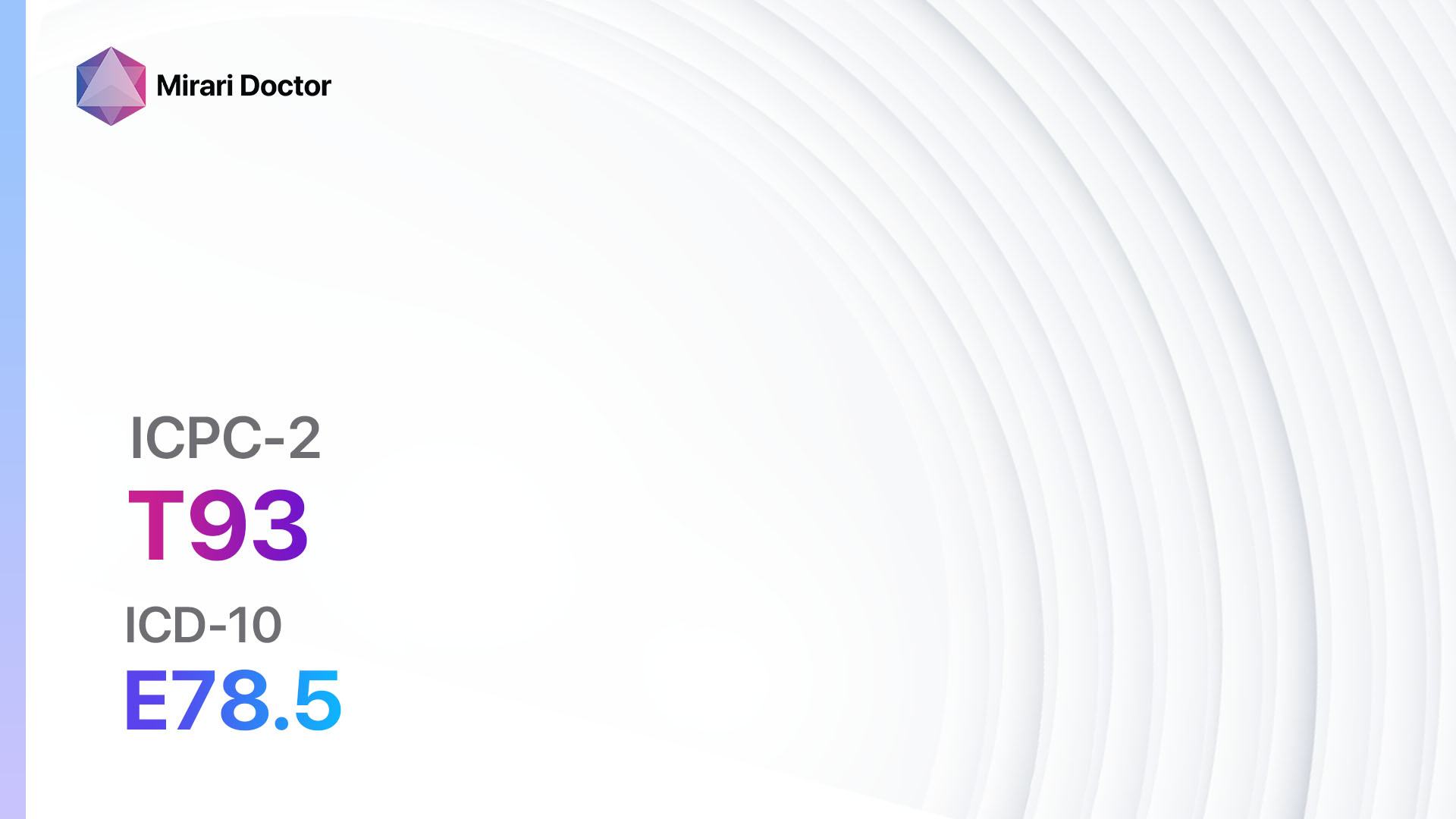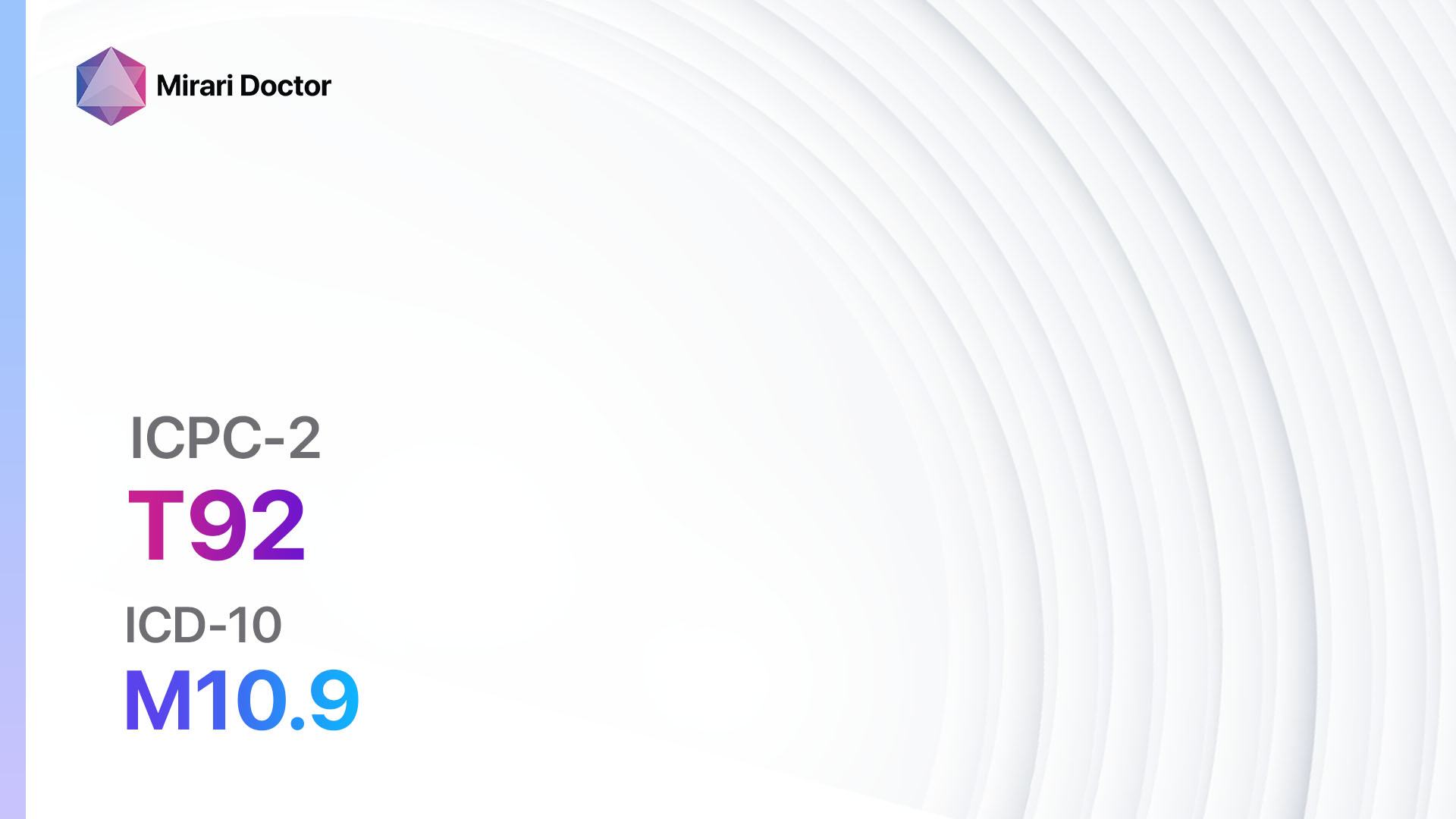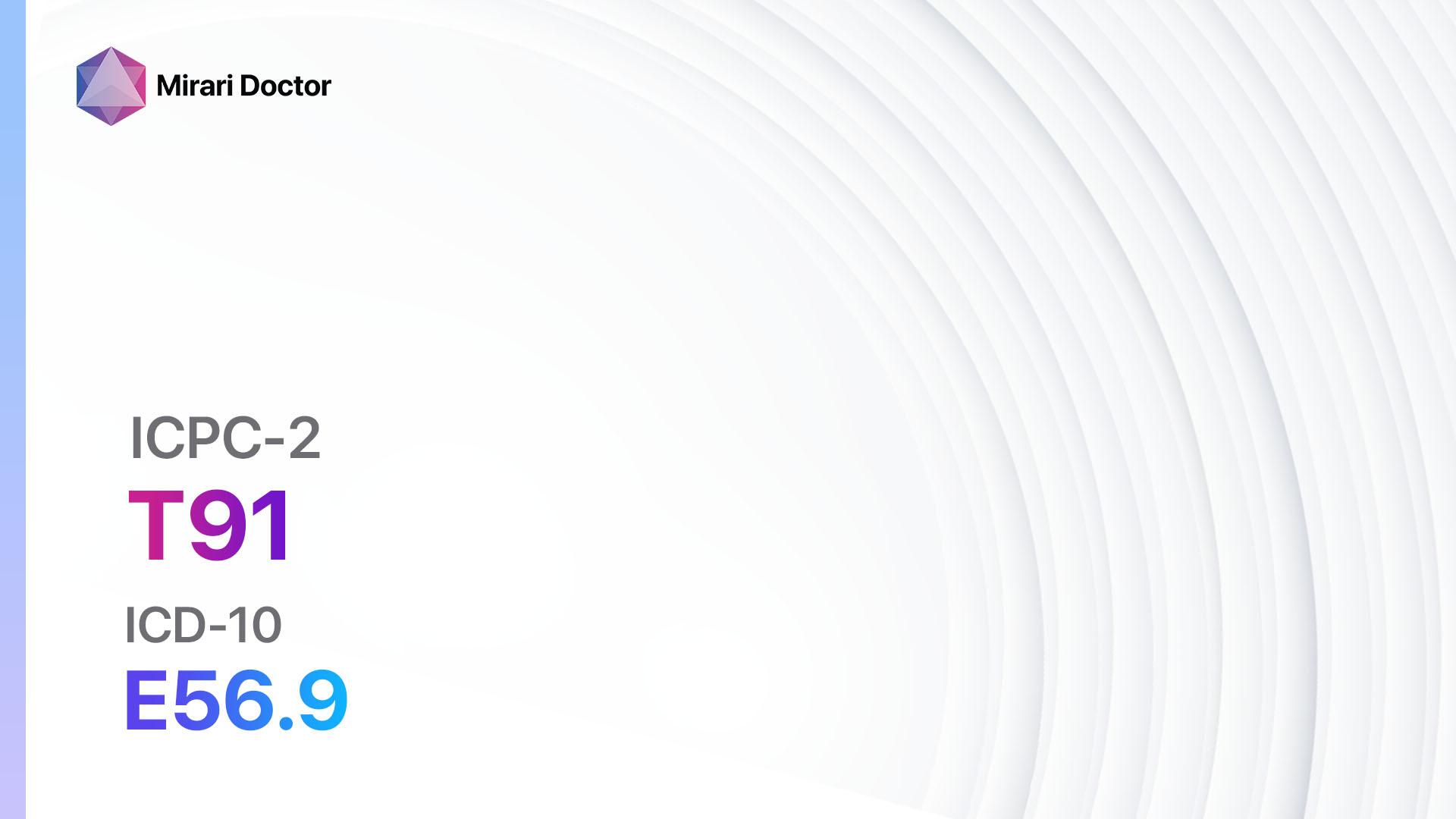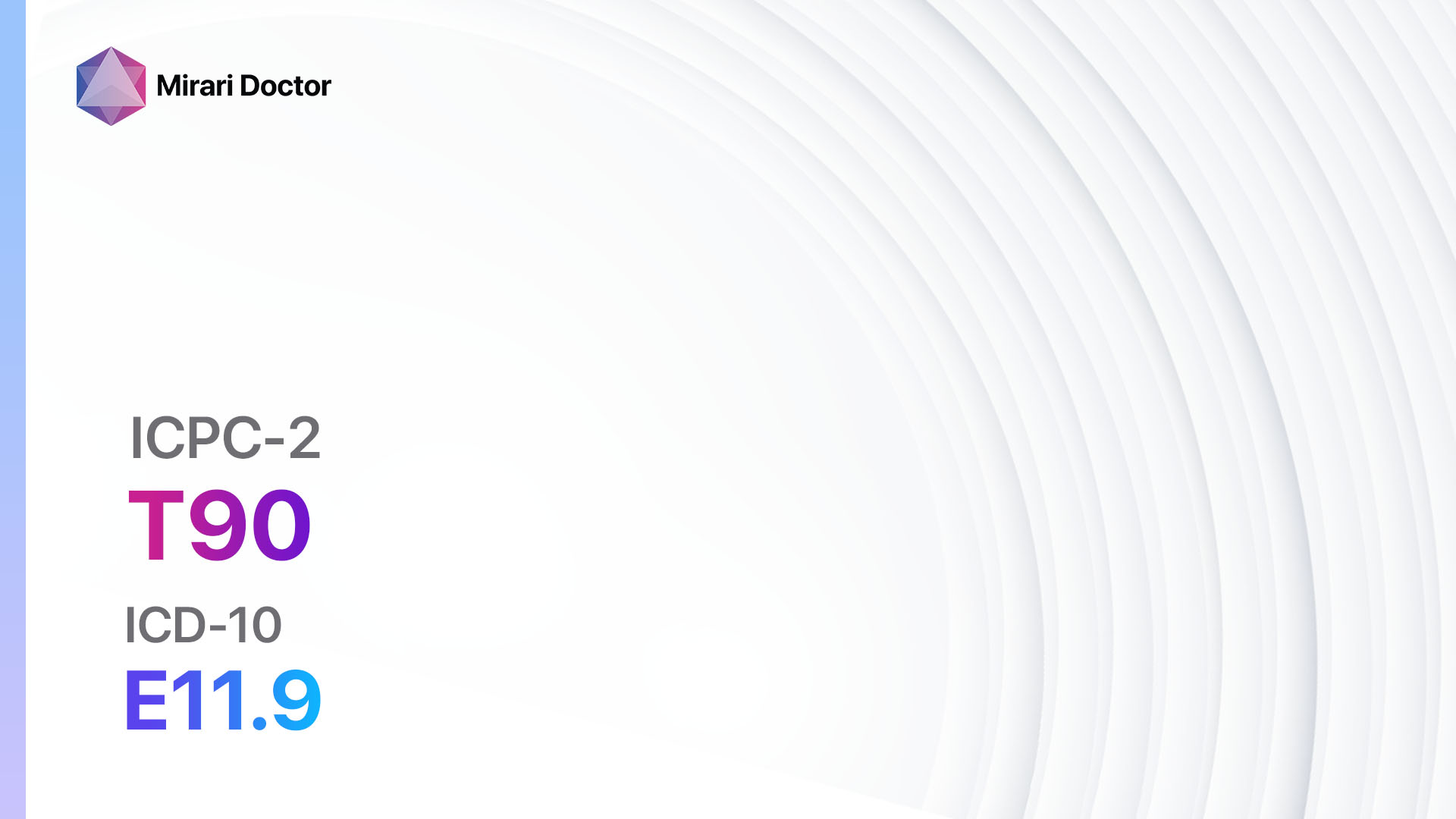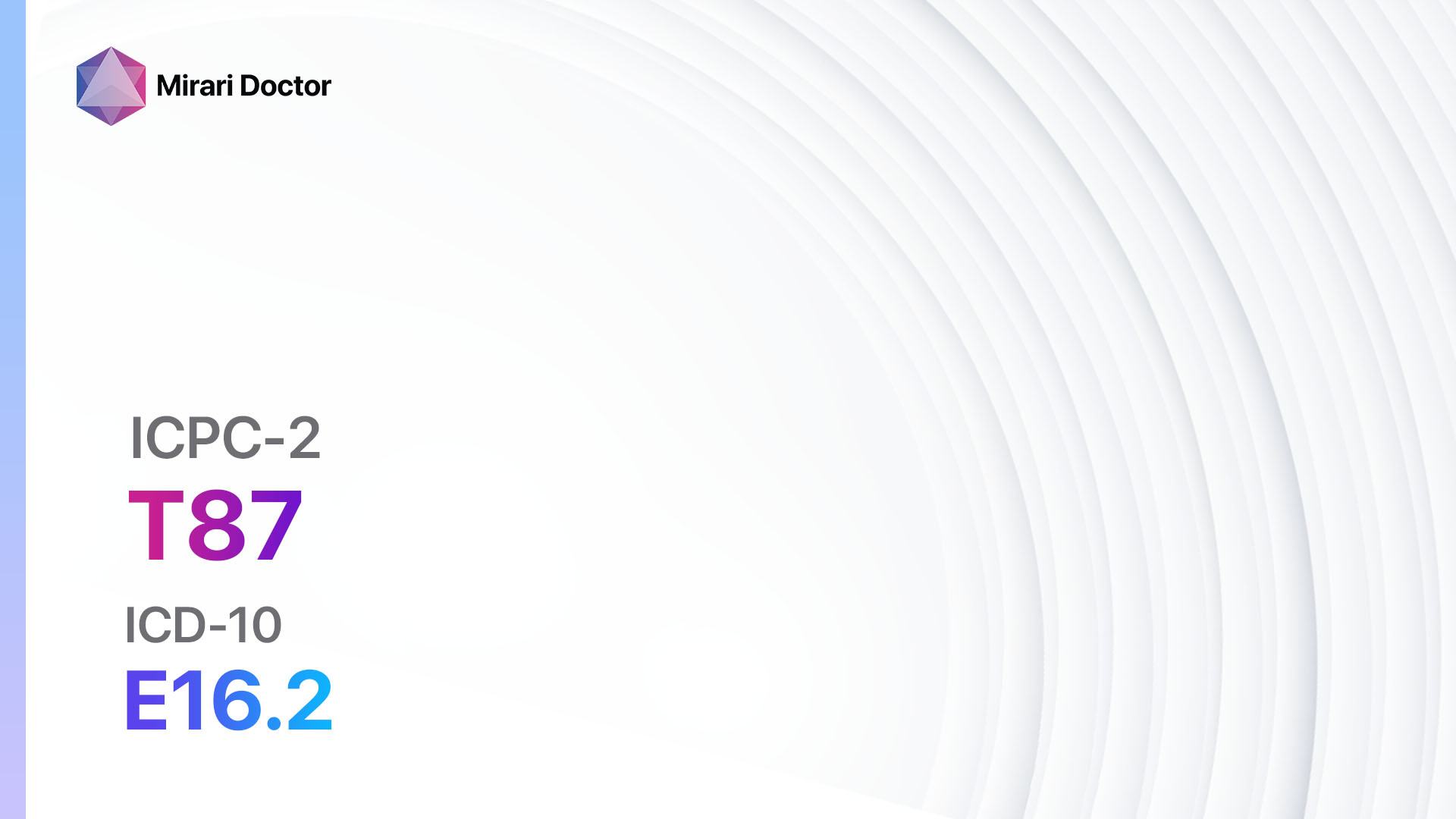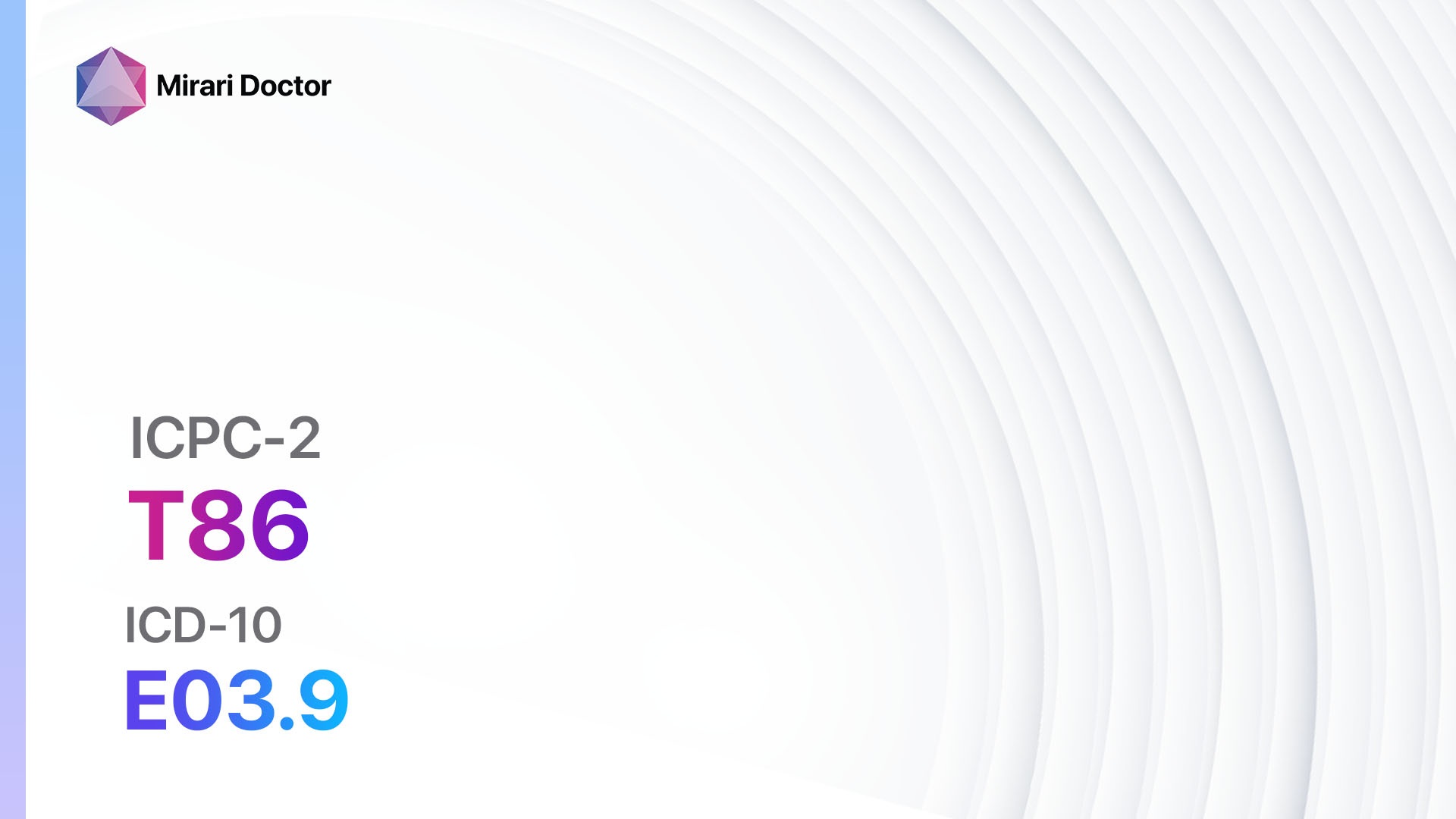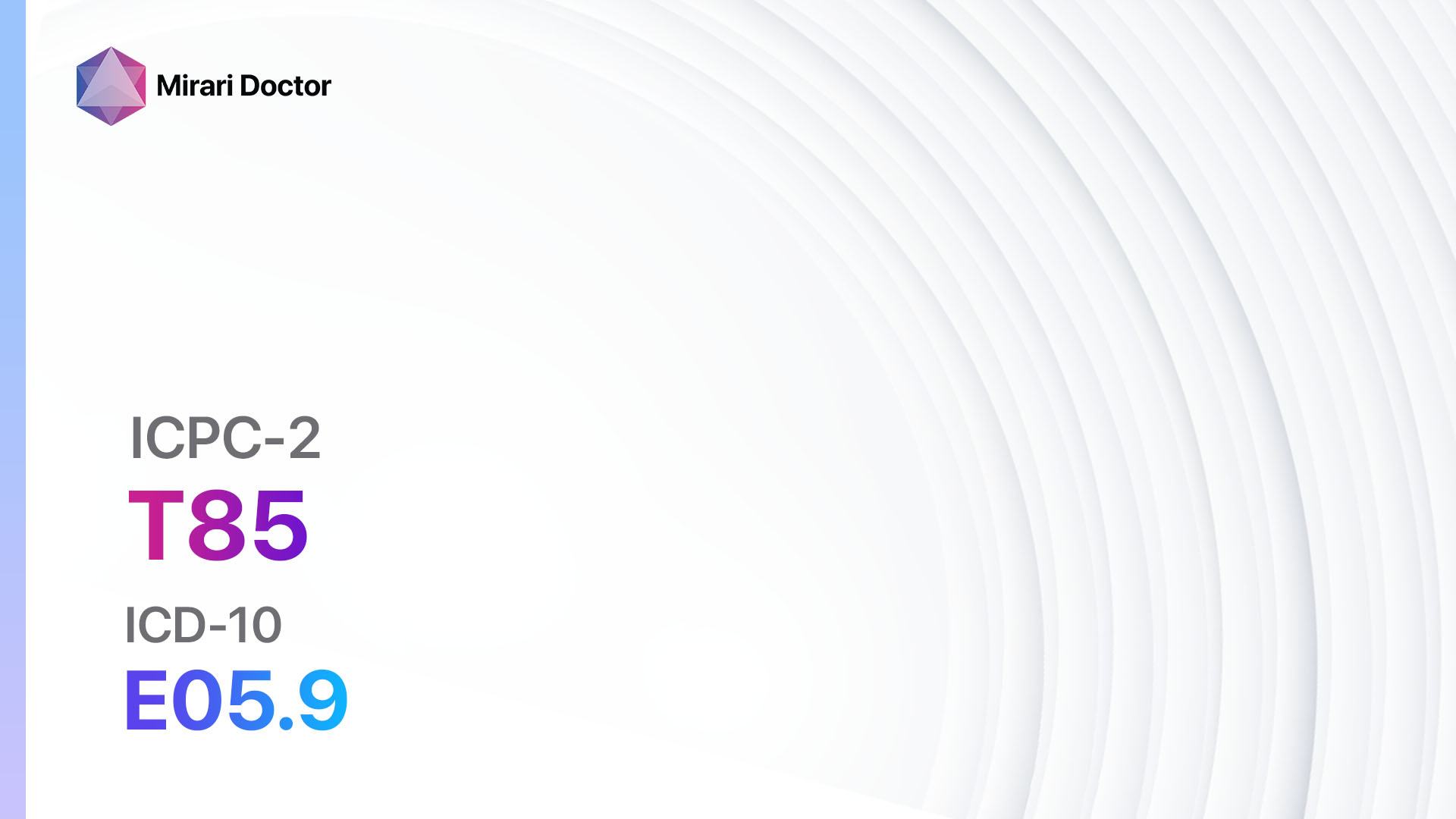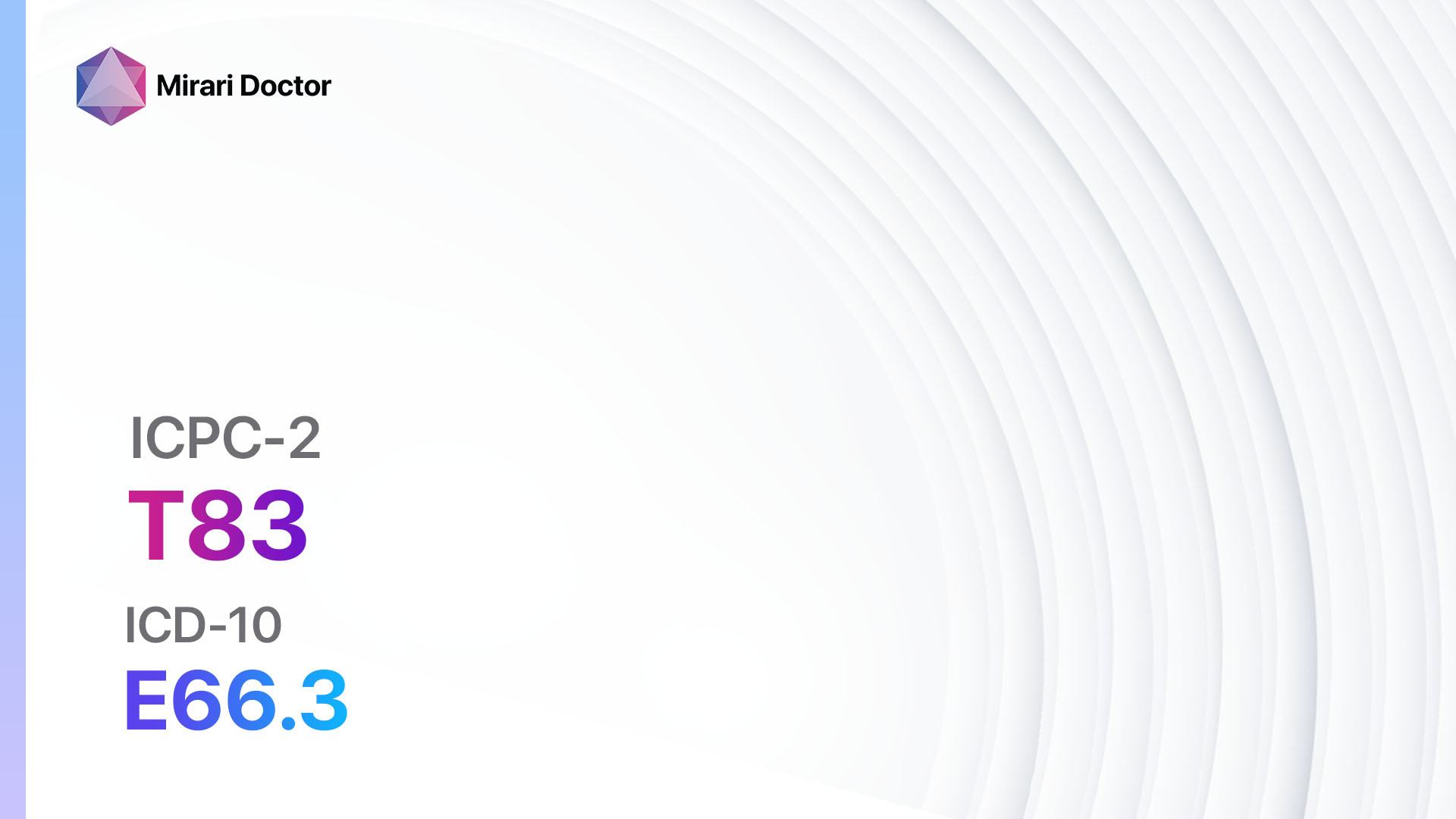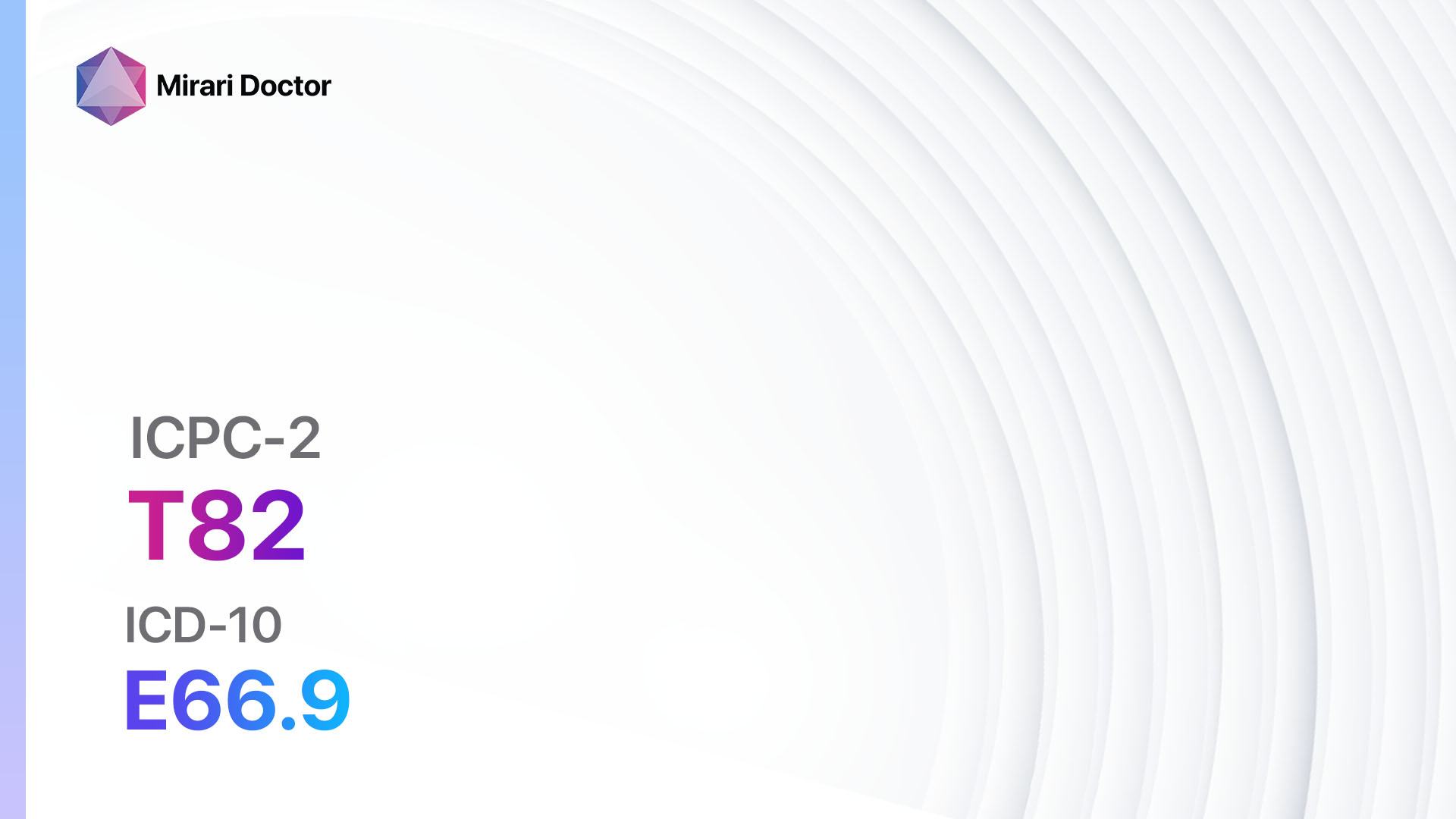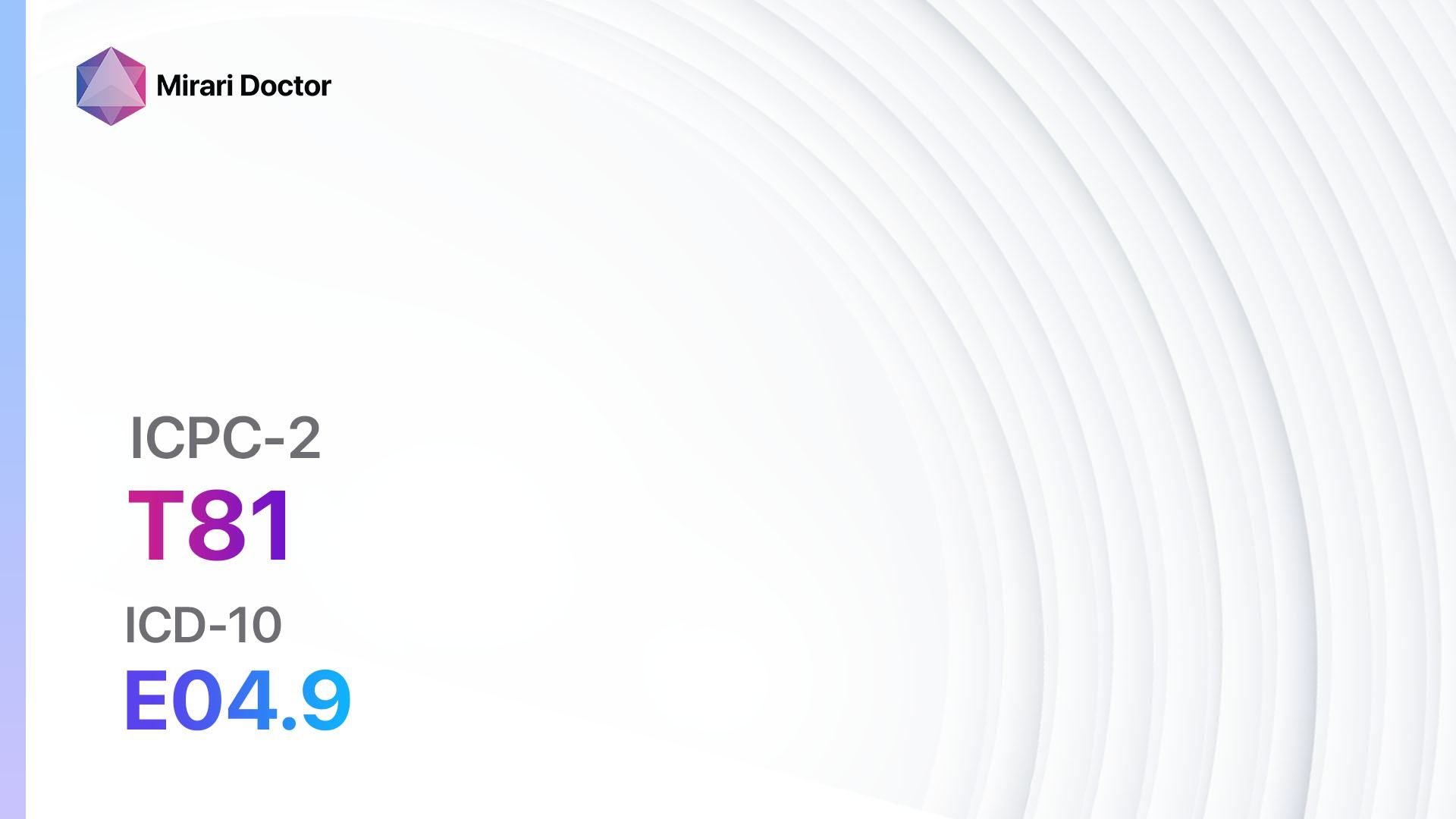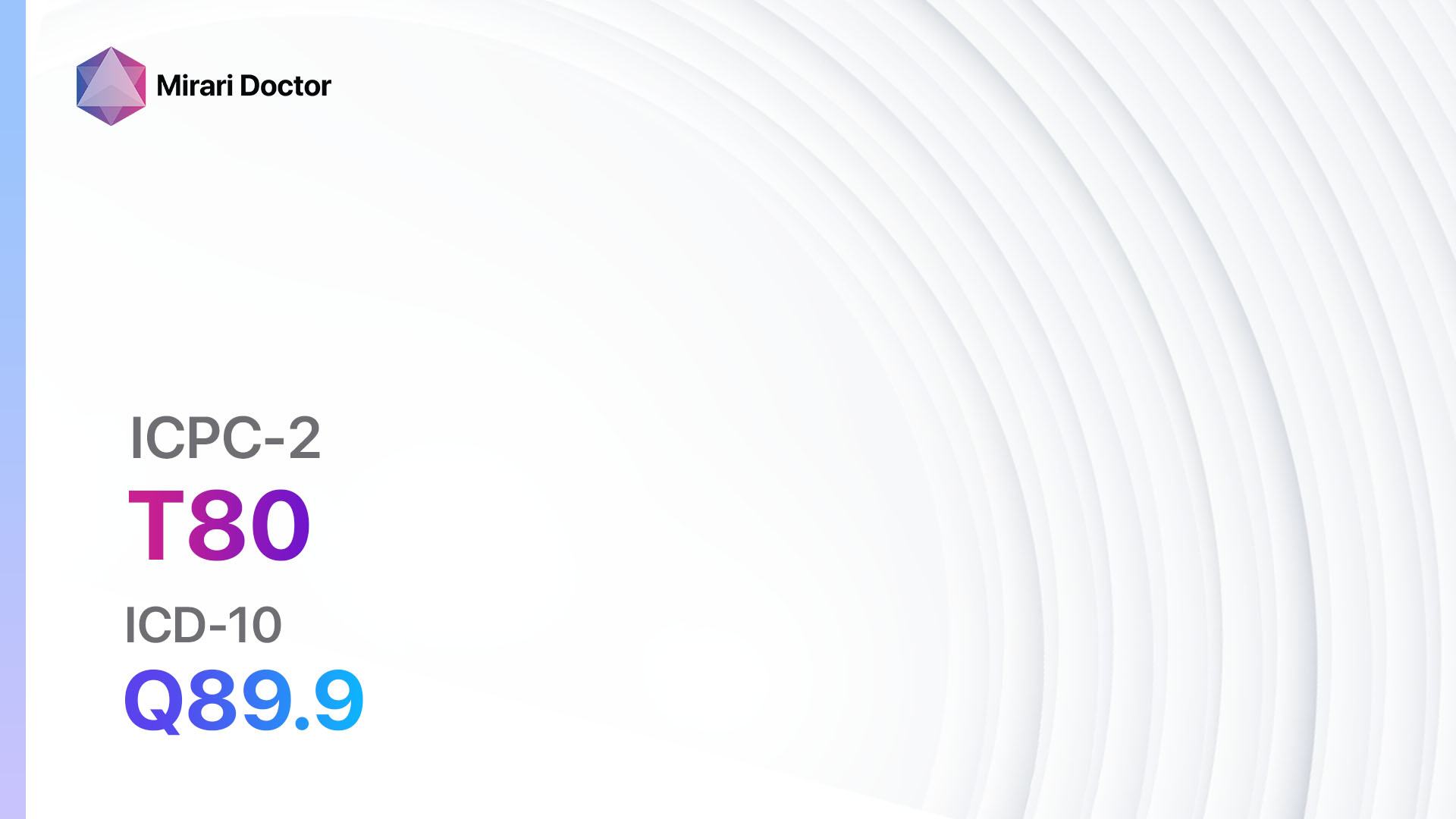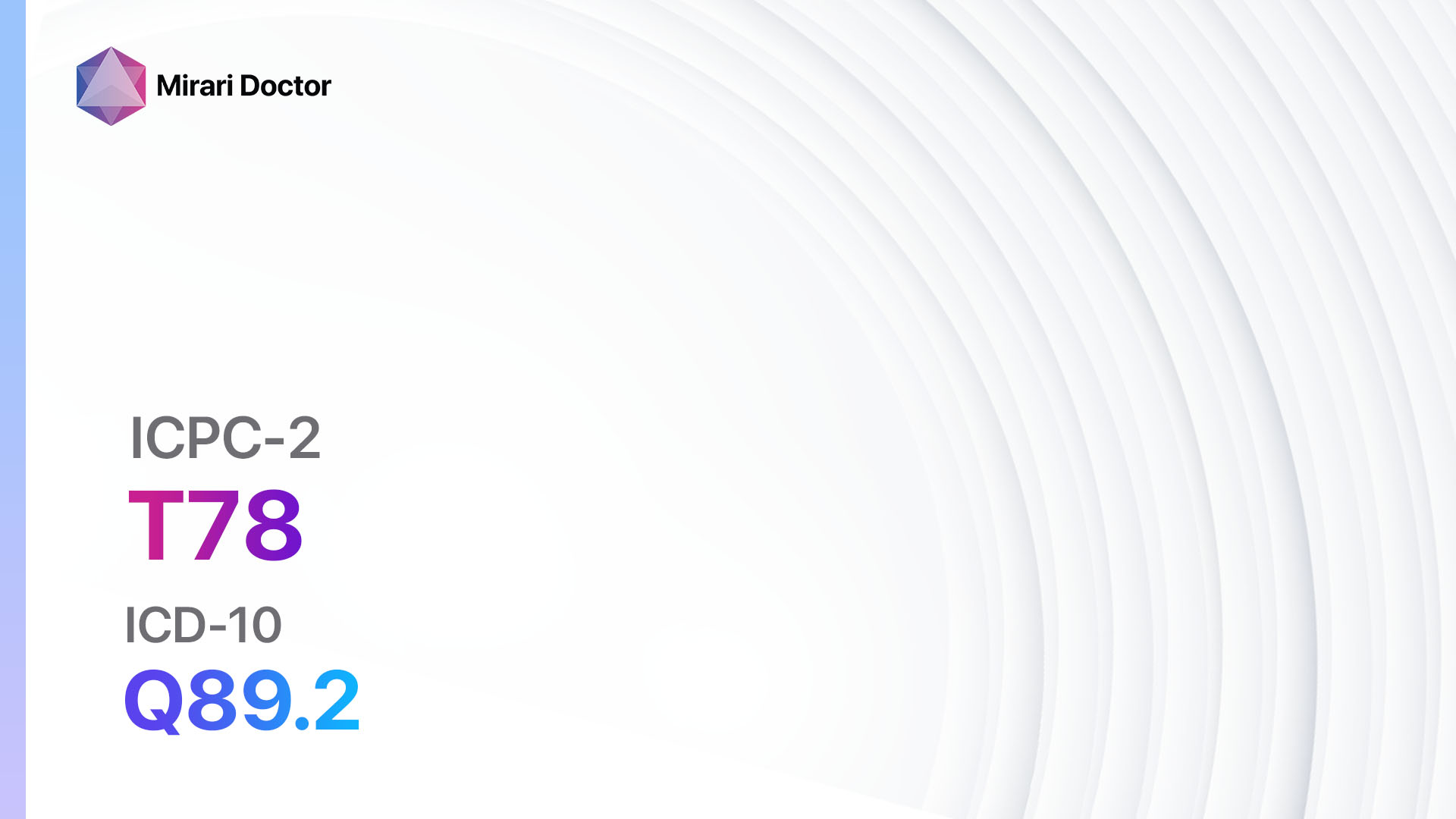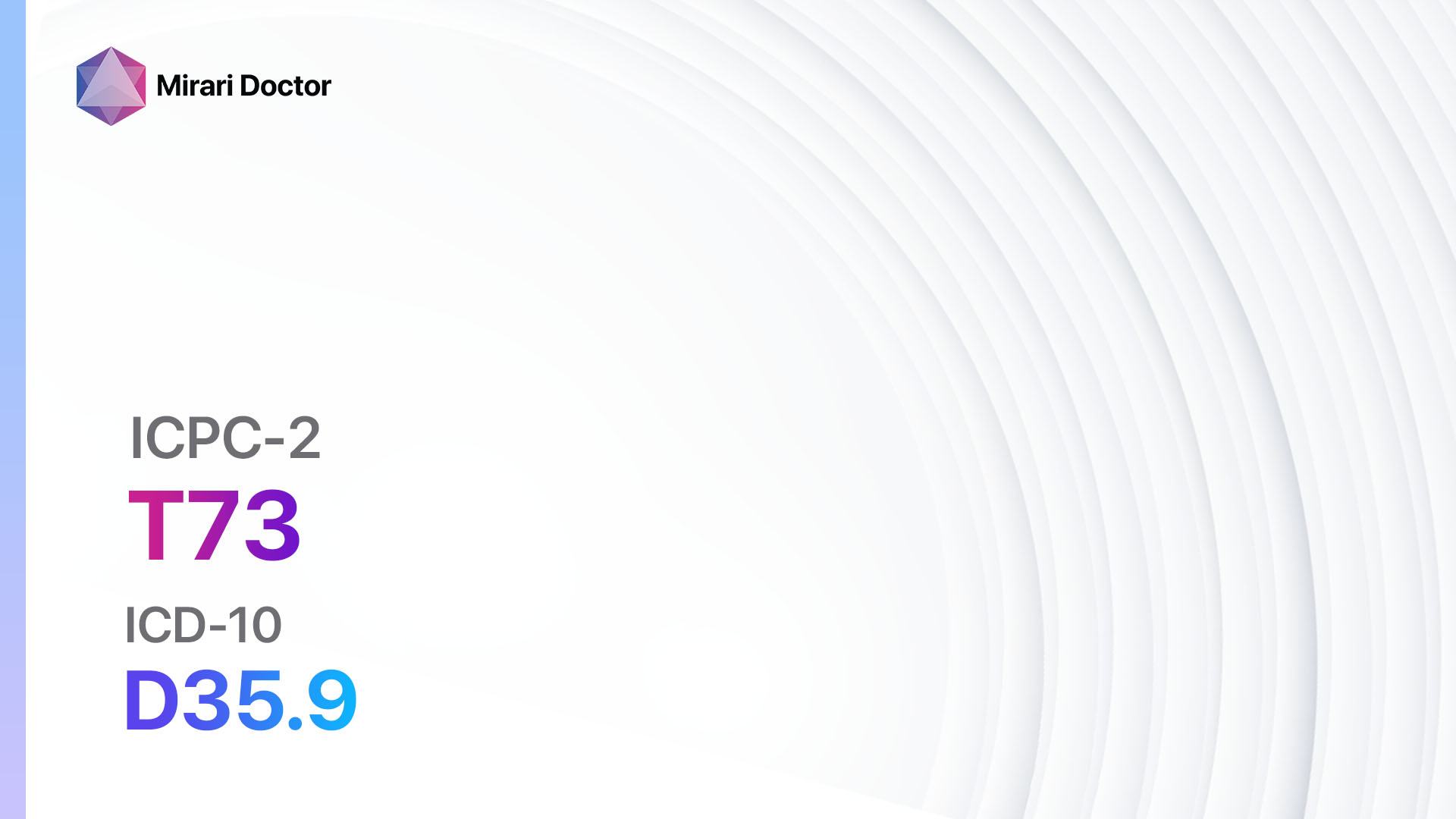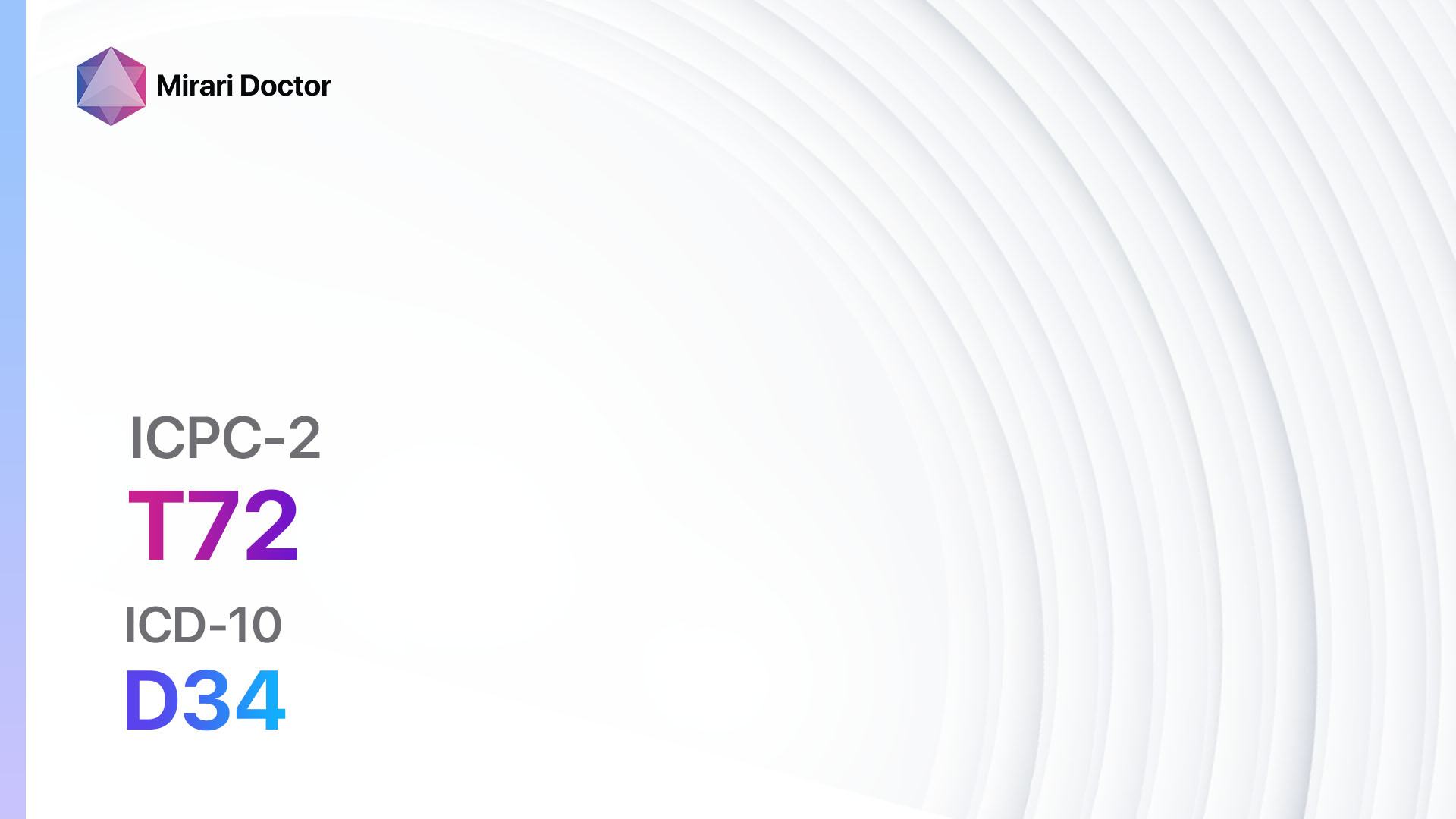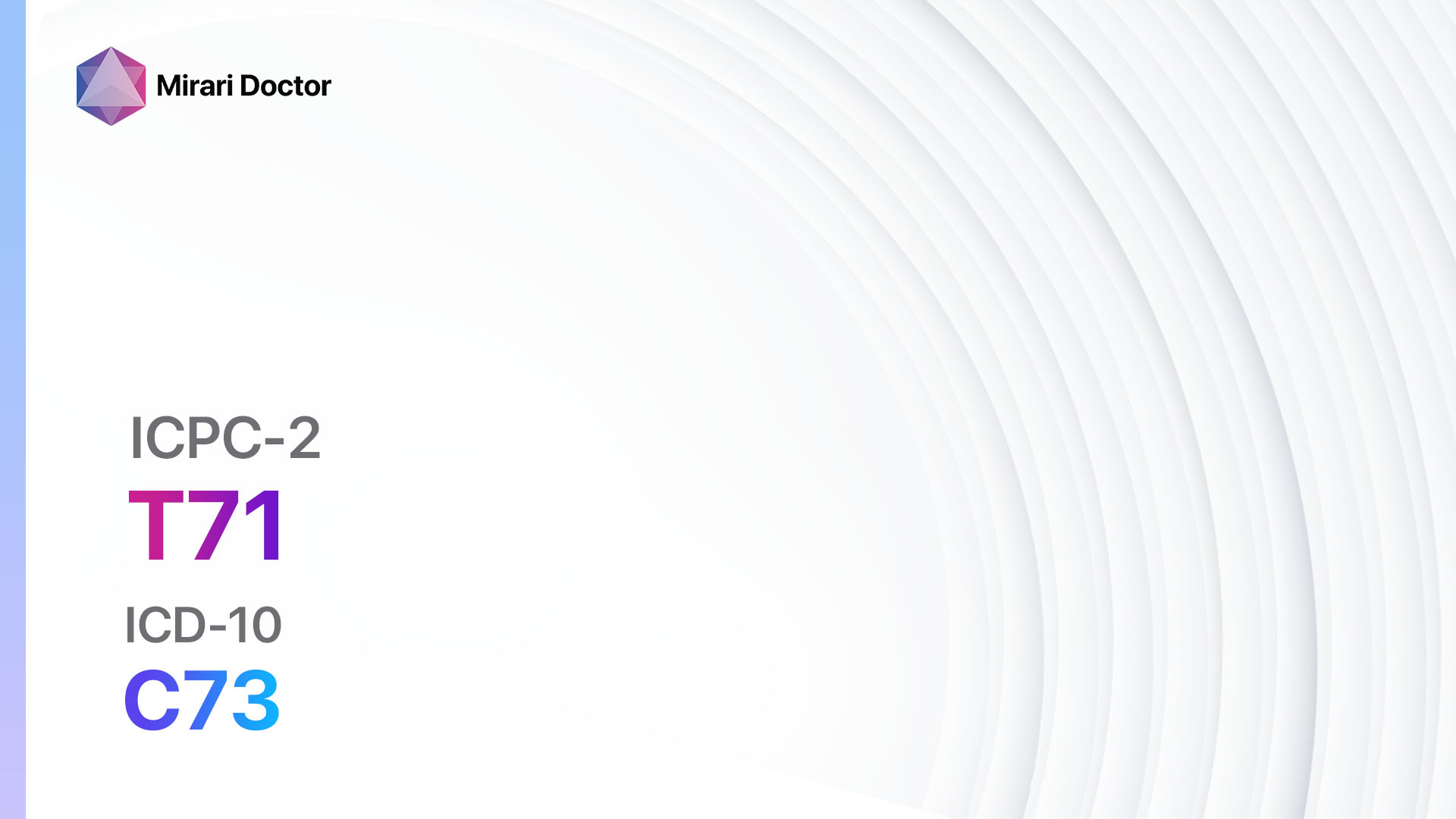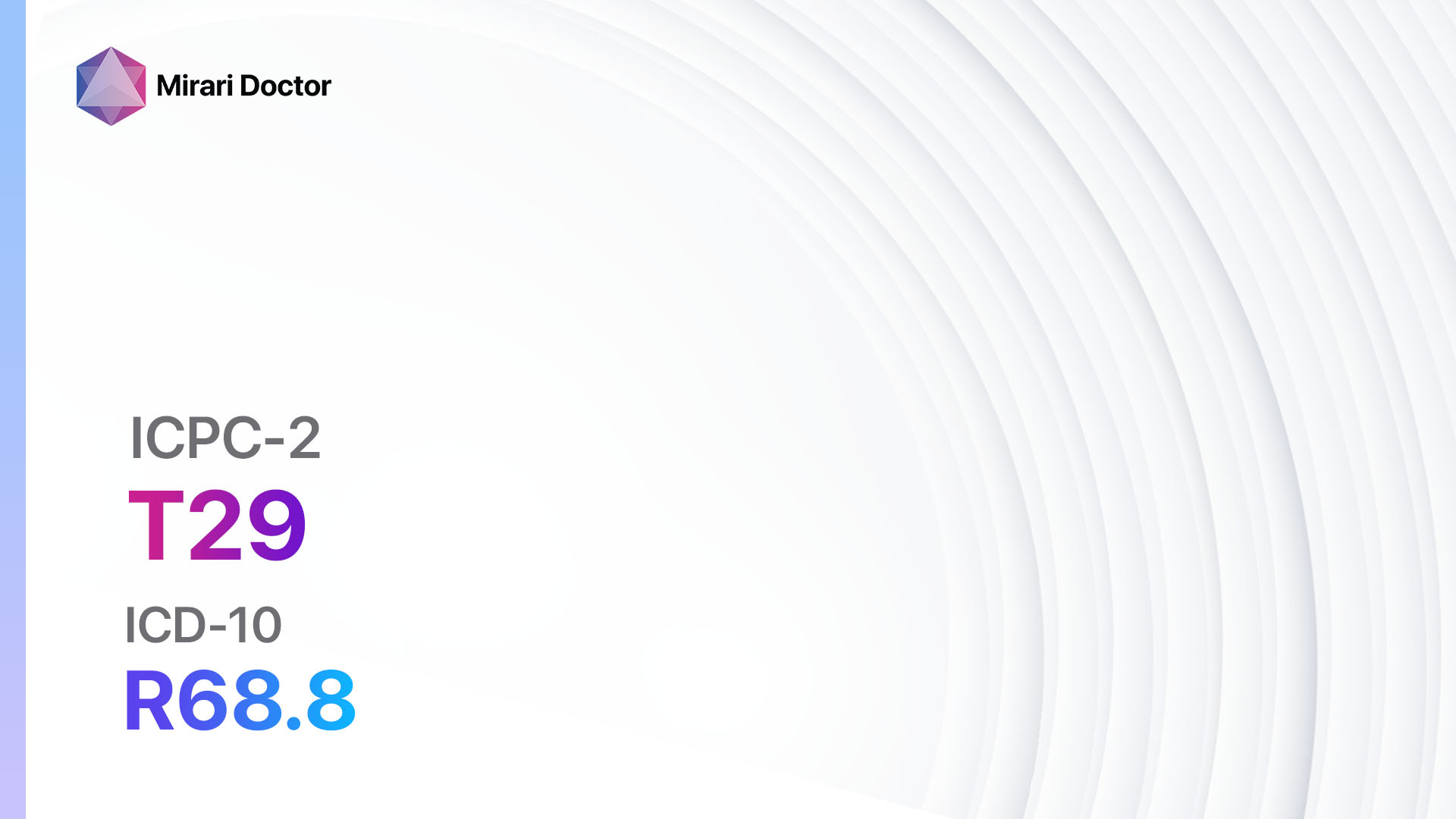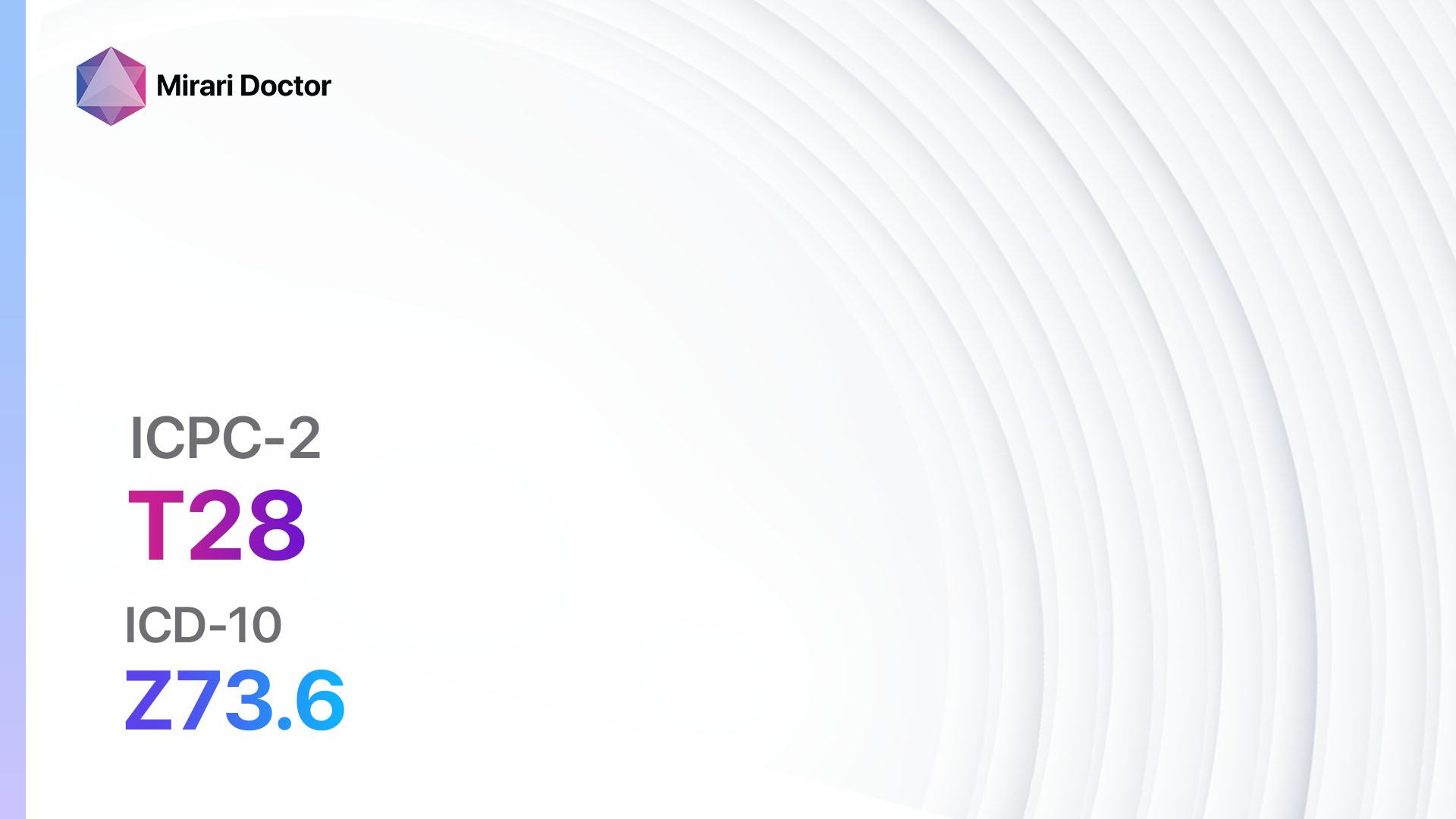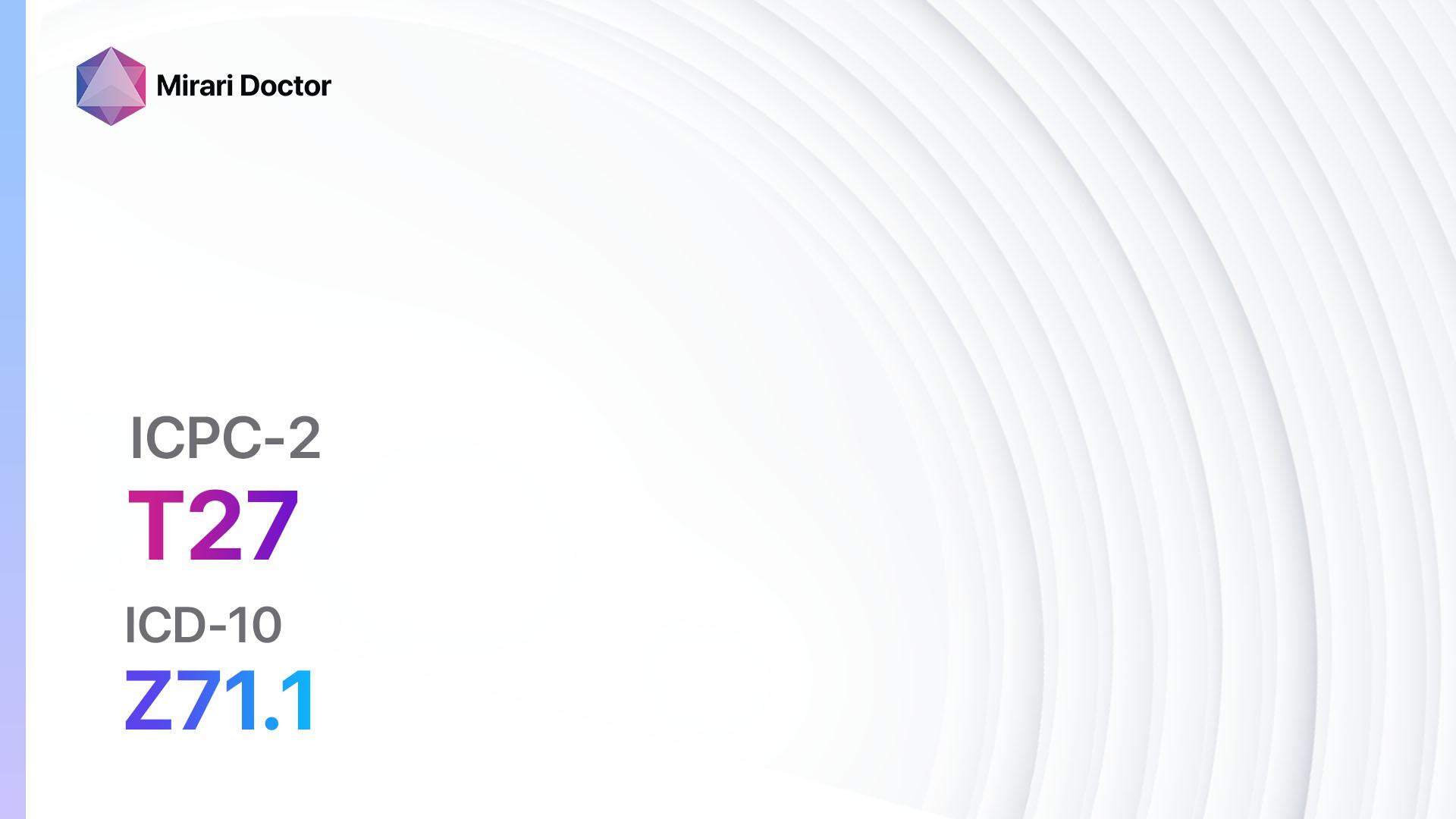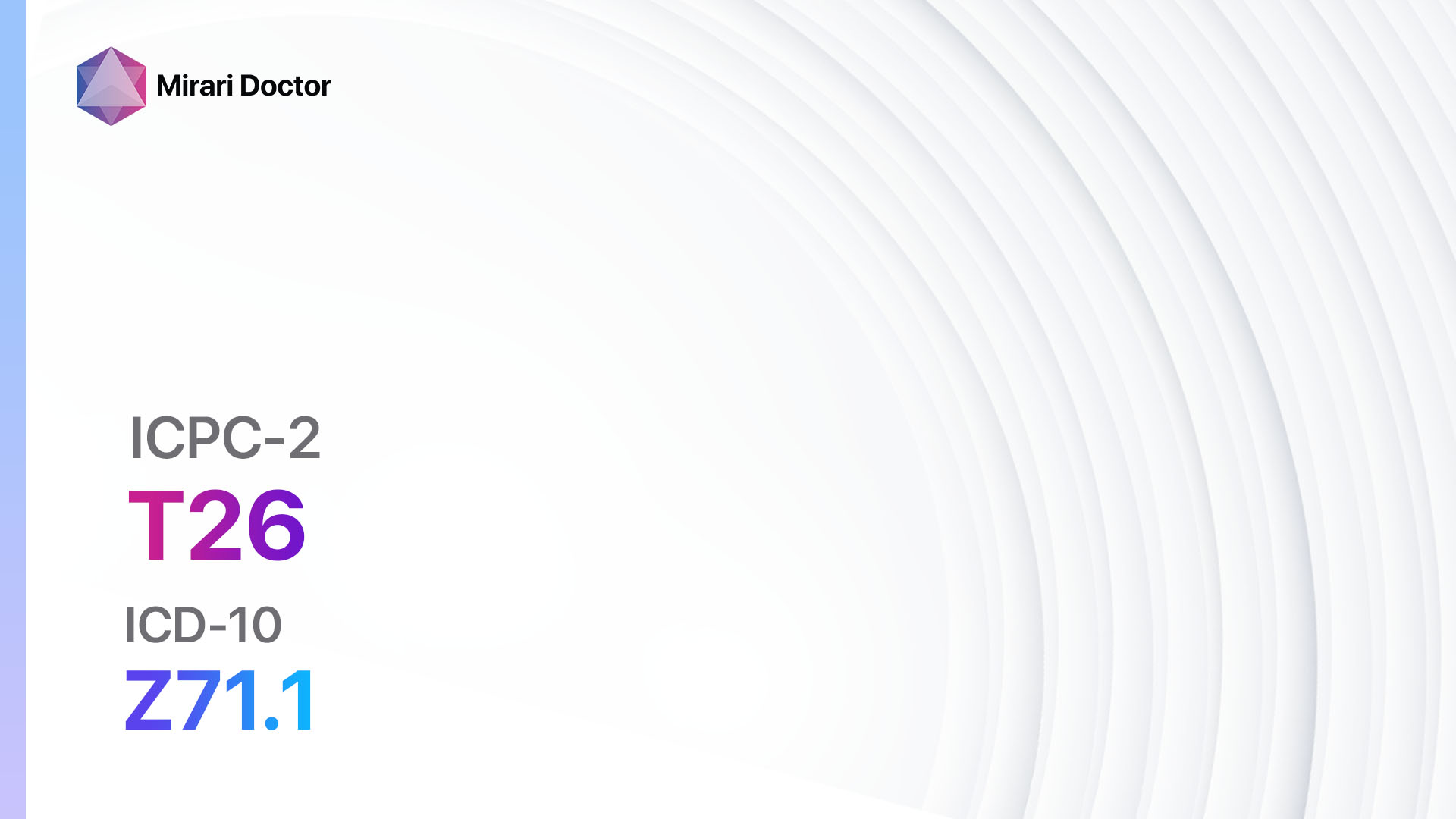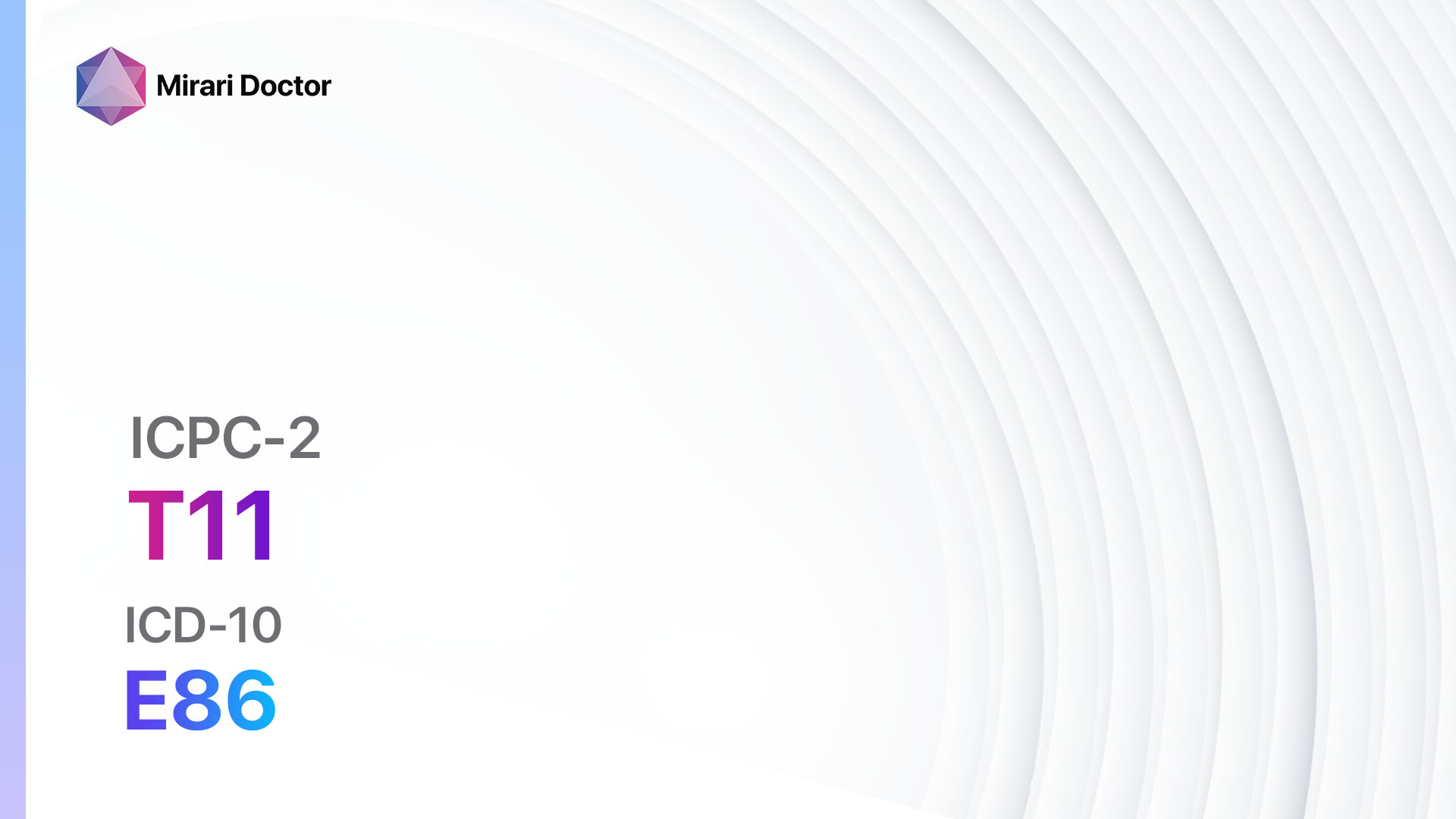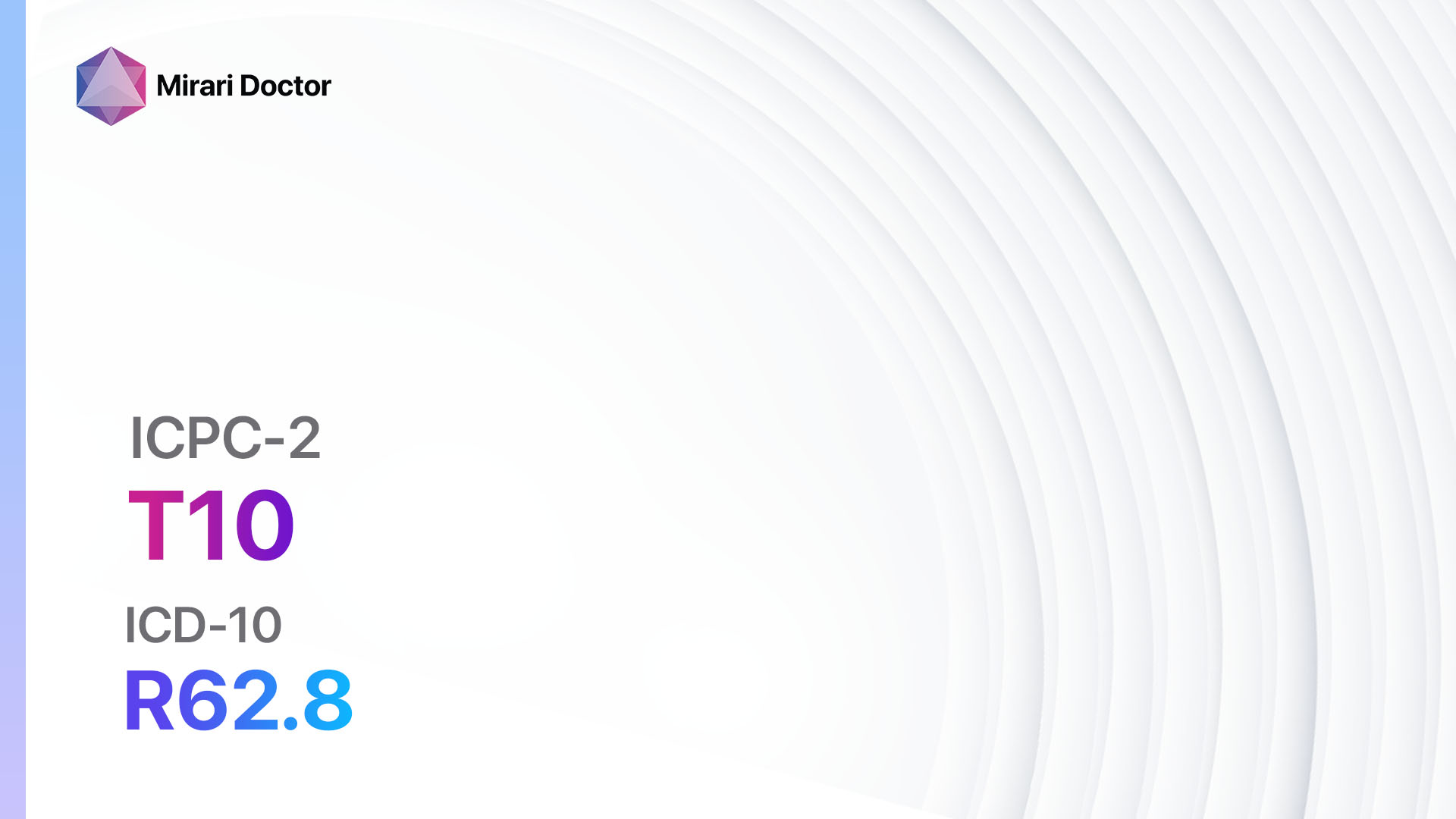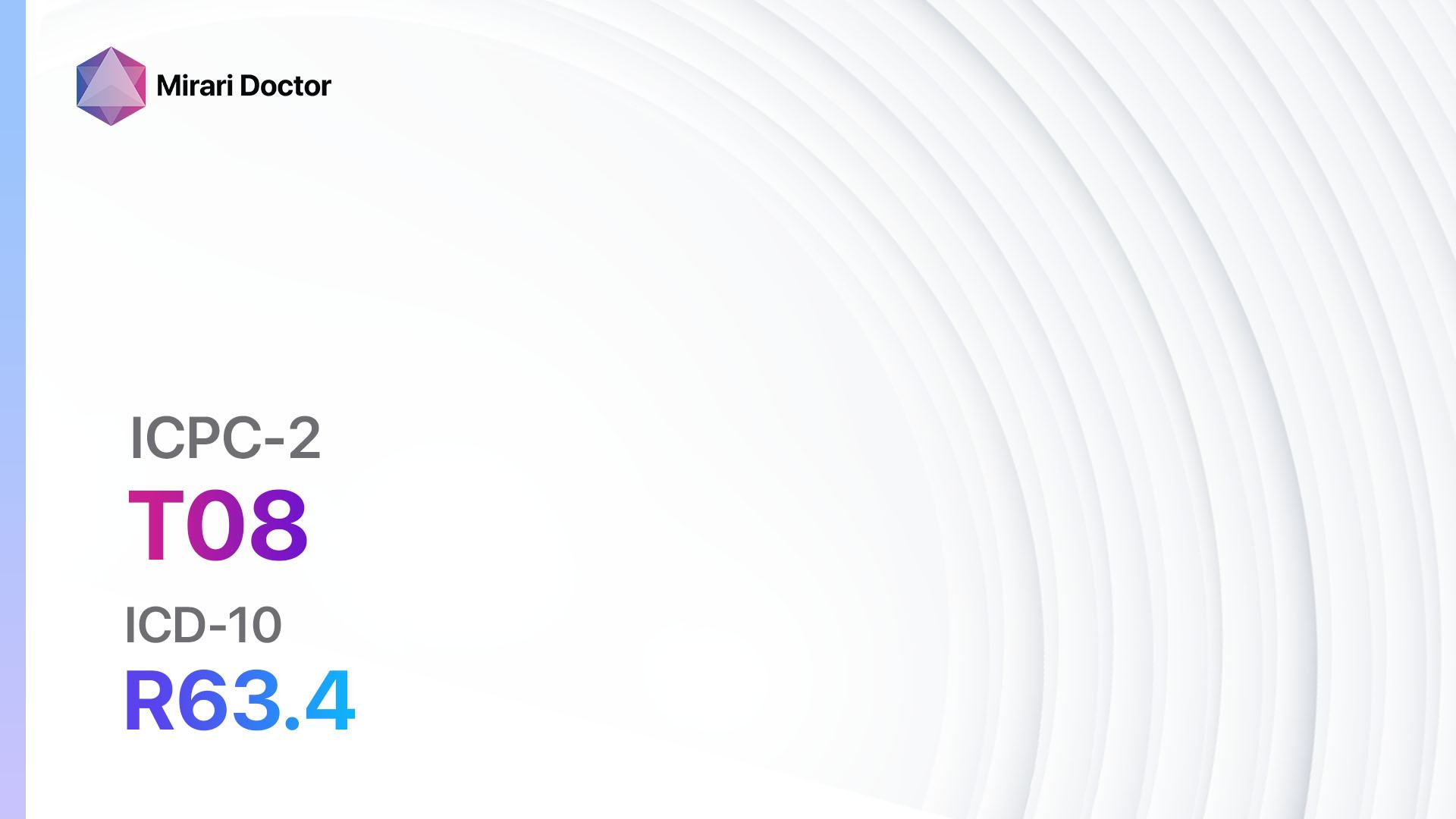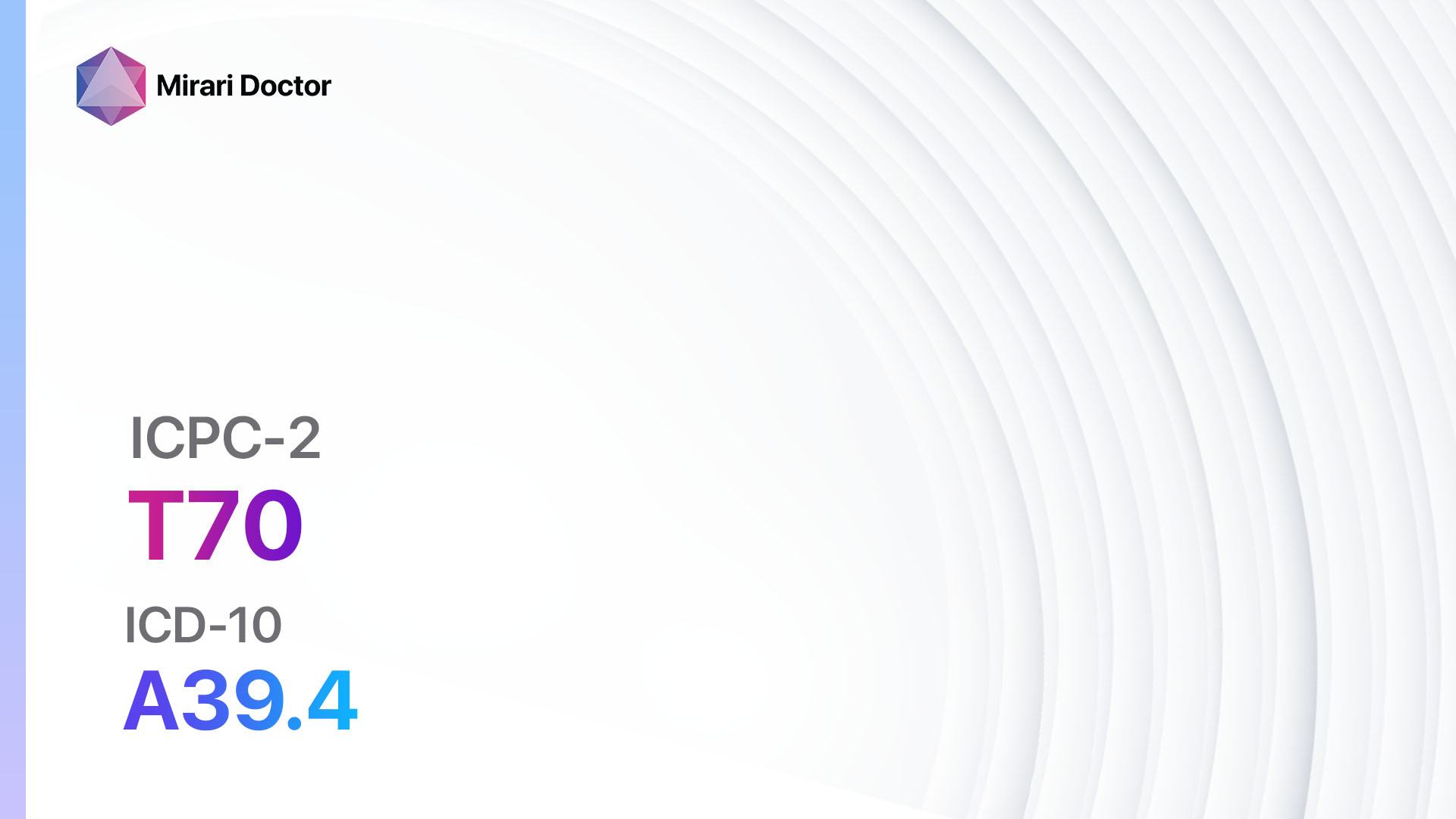
Introduction
Endocrine infections refer to infections that affect the endocrine system, which is responsible for producing and regulating hormones in the body. These infections can have significant impacts on the overall health and well-being of individuals[1]. The aim of this guide is to provide healthcare professionals with a comprehensive overview of the diagnosis and management of endocrine infections.
Codes
Symptoms
- Fever: Patients may experience an elevated body temperature, often accompanied by chills and sweating[2].
- Fatigue: Individuals may feel excessively tired and lack energy[3].
- Pain and swelling: Infection in the endocrine glands can cause pain and swelling in the affected area[4].
- Changes in appetite: Patients may experience a loss of appetite or increased hunger[5].
- Weight changes: Unexplained weight loss or weight gain may occur[6].
- Changes in mood: Endocrine infections can affect hormone levels, leading to mood swings, irritability, or depression[7].
- Skin changes: In some cases, skin may become red, warm, or develop rashes or lesions[8].
Causes
- Bacterial infection: Endocrine infections can be caused by bacterial pathogens, such as Staphylococcus aureus or Streptococcus pyogenes[9].
- Viral infection: Certain viruses, including the mumps virus, can lead to endocrine infections[10].
- Fungal infection: Fungal pathogens, such as Candida albicans, can also cause endocrine infections.
- Autoimmune disorders: In some cases, endocrine infections may be a result of autoimmune disorders, where the immune system mistakenly attacks the endocrine glands.
Diagnostic Steps
Medical History
- Obtain a detailed medical history, including any previous infections, autoimmune disorders, or recent exposure to infectious agents.
- Ask about symptoms, such as fever, fatigue, pain, and changes in appetite or weight.
- Inquire about any recent travel or contact with individuals who may have had similar symptoms.
Physical Examination
- Perform a thorough physical examination, paying close attention to the affected endocrine glands.
- Look for signs of inflammation, such as redness, swelling, or tenderness.
- Check for any skin changes or lesions that may be present.
Laboratory Tests
- Blood tests: Measure complete blood count (CBC), erythrocyte sedimentation rate (ESR), and C-reactive protein (CRP) levels to assess for signs of infection and inflammation.
- Hormone levels: Measure hormone levels, such as cortisol, thyroid-stimulating hormone (TSH), or insulin, to evaluate endocrine function.
- Culture and sensitivity testing: Collect samples from the affected area for bacterial, viral, or fungal culture to identify the causative agent and determine appropriate treatment.
Diagnostic Imaging
- Ultrasound: Use ultrasound imaging to visualize the affected endocrine glands and assess for any abnormalities or signs of infection.
- CT scan or MRI: These imaging modalities can provide more detailed images of the endocrine glands and surrounding structures, helping to identify the extent of infection or any complications.
Other Tests
- Biopsy: In some cases, a biopsy may be necessary to obtain a tissue sample for further analysis and to confirm the diagnosis.
- Serological tests: Perform serological tests, such as antibody testing, to identify specific pathogens or autoimmune markers that may be causing the infection.
Follow-up and Patient Education
- Schedule regular follow-up appointments to monitor the progress of the infection and adjust treatment as needed.
- Educate the patient about the importance of completing the full course of prescribed medications and any lifestyle modifications that may be necessary for optimal recovery.
- Provide information on infection prevention strategies, such as proper hand hygiene and avoiding close contact with individuals who have contagious infections.
Possible Interventions
Traditional Interventions
Medications:
Top 5 drugs for Endocrine infection:
- Antibiotics (e.g., Amoxicillin, Cephalexin):
- Cost: Generic versions can be $3-$50/month.
- Contraindications: Allergy to penicillin or cephalosporins.
- Side effects: Nausea, diarrhea, allergic reactions.
- Severe side effects: Severe allergic reactions, Clostridium difficile infection.
- Drug interactions: Warfarin, oral contraceptives.
- Warning: Complete the full course of antibiotics as prescribed.
- Antivirals (e.g., Acyclovir, Valacyclovir):
- Cost: Generic versions can be $10-$100/month.
- Contraindications: Allergy to antiviral medications.
- Side effects: Nausea, headache, dizziness.
- Severe side effects: Kidney damage, allergic reactions.
- Drug interactions: Probenecid, nephrotoxic drugs.
- Warning: Take antivirals as prescribed and avoid sexual contact during treatment.
- Antifungals (e.g., Fluconazole, Ketoconazole):
- Cost: Generic versions can be $10-$50/month.
- Contraindications: Allergy to antifungal medications.
- Side effects: Nausea, abdominal pain, rash.
- Severe side effects: Liver damage, severe allergic reactions.
- Drug interactions: Warfarin, statins.
- Warning: Take antifungals with food and complete the full course of treatment.
- Corticosteroids (e.g., Prednisone, Dexamethasone):
- Cost: Generic versions can be $10-$50/month.
- Contraindications: Active infections, systemic fungal infections.
- Side effects: Increased appetite, weight gain, mood changes.
- Severe side effects: Adrenal suppression, osteoporosis.
- Drug interactions: NSAIDs, anticoagulants.
- Warning: Taper corticosteroid dose gradually to avoid withdrawal symptoms.
- Immunosuppressants (e.g., Methotrexate, Azathioprine):
- Cost: Generic versions can be $10-$100/month.
- Contraindications: Active infections, pregnancy.
- Side effects: Nausea, hair loss, increased risk of infections.
- Severe side effects: Bone marrow suppression, liver toxicity.
- Drug interactions: Allopurinol, ACE inhibitors.
- Warning: Regular monitoring of blood counts and liver function is required.
Alternative Drugs:
- Probiotics: May help restore the balance of gut bacteria and support the immune system. Cost: $10-$50/month.
- Herbal supplements: Some herbs, such as echinacea or garlic, may have immune-boosting properties. Cost: Varies depending on the specific supplement.
- Vitamin and mineral supplements: Certain vitamins and minerals, such as vitamin C or zinc, may support immune function. Cost: Varies depending on the specific supplement.
Surgical Procedures:
- Drainage of abscess: In cases where an abscess has formed, surgical drainage may be necessary to remove the pus and promote healing. Cost: $1,000-$5,000.
- Removal of infected tissue: In severe cases, surgical removal of infected endocrine glands or surrounding tissue may be required. Cost: $5,000-$20,000.
Alternative Interventions
- Acupuncture: May help reduce inflammation and promote healing. Cost: $60-$120 per session.
- Herbal remedies: Certain herbs, such as echinacea or goldenseal, may have antimicrobial properties. Cost: Varies depending on the specific herb and preparation.
- Homeopathy: Some homeopathic remedies, such as Belladonna or Hepar sulphuris, may be used to support the body’s natural healing processes. Cost: Varies depending on the specific remedy and preparation.
- Naturopathy: Naturopathic treatments, such as hydrotherapy or dietary changes, may be recommended to support the immune system and promote healing. Cost: Varies depending on the specific treatment and practitioner.
- Mind-body techniques: Practices such as meditation, yoga, or guided imagery may help reduce stress and support overall well-being. Cost: Varies depending on the specific practice and instructor.
Lifestyle Interventions
- Adequate rest and sleep: Getting enough rest and sleep is essential for the body to heal and recover.
- Balanced diet: Eating a nutritious diet rich in fruits, vegetables, whole grains, and lean proteins can support the immune system and promote healing.
- Stress management: Engaging in stress-reducing activities, such as exercise, meditation, or hobbies, can help support overall well-being and immune function.
- Hygiene practices: Practicing good hygiene, such as regular handwashing and avoiding close contact with individuals who have contagious infections, can help prevent the spread of infection.
- Avoidance of triggers: If the endocrine infection is related to an autoimmune disorder, avoiding triggers, such as certain foods or environmental factors, may help reduce symptoms.
It is important to note that the cost ranges provided are approximate and may vary depending on the location and availability of the interventions. It is recommended to consult with a healthcare professional for personalized treatment recommendations and cost estimates.
Mirari Cold Plasma Alternative Intervention
Understanding Mirari Cold Plasma
- Safe and Non-Invasive Treatment: Mirari Cold Plasma is a safe and non-invasive treatment option for various skin conditions. It does not require incisions, minimizing the risk of scarring, bleeding, or tissue damage.
- Efficient Extraction of Foreign Bodies: Mirari Cold Plasma facilitates the removal of foreign bodies from the skin by degrading and dissociating organic matter, allowing easier access and extraction.
- Pain Reduction and Comfort: Mirari Cold Plasma has a local analgesic effect, providing pain relief during the treatment, making it more comfortable for the patient.
- Reduced Risk of Infection: Mirari Cold Plasma has antimicrobial properties, effectively killing bacteria and reducing the risk of infection.
- Accelerated Healing and Minimal Scarring: Mirari Cold Plasma stimulates wound healing and tissue regeneration, reducing healing time and minimizing the formation of scars.
Mirari Cold Plasma Prescription
Video instructions for using Mirari Cold Plasma Device – T70 Endocrine infection (ICD-10:A39.4)
| Mild | Moderate | Severe |
| Mode setting: 7 (Immunotherapy) Location: 1 (Sacrum) Morning: 15 minutes, Evening: 15 minutes |
Mode setting: 7 (Immunotherapy) Location: 1 (Sacrum) Morning: 30 minutes, Lunch: 30 minutes, Evening: 30 minutes |
Mode setting: 7 (Immunotherapy) Location: 1 (Sacrum) Morning: 30 minutes, Lunch: 30 minutes, Evening: 30 minutes |
| Mode setting: 7 (Immunotherapy) Location: 4 (Heart, Bile & Pancreas) Morning: 15 minutes, Evening: 15 minutes |
Mode setting: 7 (Immunotherapy) Location: 4 (Heart, Bile & Pancreas) Morning: 30 minutes, Lunch: 30 minutes, Evening: 30 minutes |
Mode setting: 7 (Immunotherapy) Location: 4 (Heart, Bile & Pancreas) Morning: 30 minutes, Lunch: 30 minutes, Evening: 30 minutes |
| Mode setting: 7 (Immunotherapy) Location: 7 (Neuro system & ENT) Morning: 15 minutes, Evening: 15 minutes |
Mode setting: 7 (Immunotherapy) Location: 1 (Sacrum) Morning: 30 minutes, Lunch: 30 minutes, Evening: 30 minutes |
Mode setting: 7 (Immunotherapy) Location: 1 (Sacrum) Morning: 30 minutes, Lunch: 30 minutes, Evening: 30 minutes |
| Mode setting: 7 (Immunotherapy) Location: 7 (Neuro system & ENT) Morning: 15 minutes, Evening: 15 minutes |
Mode setting: 7 (Immunotherapy) Location: 7 (Neuro system & ENT) Morning: 30 minutes, Lunch: 30 minutes, Evening: 30 minutes |
Mode setting: 7 (Immunotherapy) Location: 7 (Neuro system & ENT) Morning: 30 minutes, Lunch: 30 minutes, Evening: 30 minutes |
| Total Morning: 60 minutes approx. $10 USD, Evening: 60 minutes approx. $10 USD |
Total Morning: 120 minutes approx. $20 USD, Lunch: 120 minutes approx. $20 USD, Evening: 120 minutes approx. $20 USD, |
Total Morning: 120 minutes approx. $20 USD, Lunch: 120 minutes approx. $20 USD, Evening: 120 minutes approx. $20 USD, |
| Usual treatment for 7-60 days approx. $140 USD – $1200 USD | Usual treatment for 6-8 weeks approx. $2,520 USD – $3,360 USD |
Usual treatment for 3-6 months approx. $5,400 USD – $10,800 USD
|
 |
|
Use the Mirari Cold Plasma device to treat Endocrine infection effectively.
WARNING: MIRARI COLD PLASMA IS DESIGNED FOR THE HUMAN BODY WITHOUT ANY ARTIFICIAL OR THIRD PARTY PRODUCTS. USE OF OTHER PRODUCTS IN COMBINATION WITH MIRARI COLD PLASMA MAY CAUSE UNPREDICTABLE EFFECTS, HARM OR INJURY. PLEASE CONSULT A MEDICAL PROFESSIONAL BEFORE COMBINING ANY OTHER PRODUCTS WITH USE OF MIRARI.
Step 1: Cleanse the Skin
- Start by cleaning the affected area of the skin with a gentle cleanser or mild soap and water. Gently pat the area dry with a clean towel.
Step 2: Prepare the Mirari Cold Plasma device
- Ensure that the Mirari Cold Plasma device is fully charged or has fresh batteries as per the manufacturer’s instructions. Make sure the device is clean and in good working condition.
- Switch on the Mirari device using the power button or by following the specific instructions provided with the device.
- Some Mirari devices may have adjustable settings for intensity or treatment duration. Follow the manufacturer’s instructions to select the appropriate settings based on your needs and the recommended guidelines.
Step 3: Apply the Device
- Place the Mirari device in direct contact with the affected area of the skin. Gently glide or hold the device over the skin surface, ensuring even coverage of the area experiencing.
- Slowly move the Mirari device in a circular motion or follow a specific pattern as indicated in the user manual. This helps ensure thorough treatment coverage.
Step 4: Monitor and Assess:
- Keep track of your progress and evaluate the effectiveness of the Mirari device in managing your Endocrine infection. If you have any concerns or notice any adverse reactions, consult with your health care professional.
Note
This guide is for informational purposes only and should not replace the advice of a medical professional. Always consult with your healthcare provider or a qualified medical professional for personal advice, diagnosis, or treatment. Do not solely rely on the information presented here for decisions about your health. Use of this information is at your own risk. The authors of this guide, nor any associated entities or platforms, are not responsible for any potential adverse effects or outcomes based on the content.
Mirari Cold Plasma System Disclaimer
- Purpose: The Mirari Cold Plasma System is a Class 2 medical device designed for use by trained healthcare professionals. It is registered for use in Thailand and Vietnam. It is not intended for use outside of these locations.
- Informational Use: The content and information provided with the device are for educational and informational purposes only. They are not a substitute for professional medical advice or care.
- Variable Outcomes: While the device is approved for specific uses, individual outcomes can differ. We do not assert or guarantee specific medical outcomes.
- Consultation: Prior to utilizing the device or making decisions based on its content, it is essential to consult with a Certified Mirari Tele-Therapist and your medical healthcare provider regarding specific protocols.
- Liability: By using this device, users are acknowledging and accepting all potential risks. Neither the manufacturer nor the distributor will be held accountable for any adverse reactions, injuries, or damages stemming from its use.
- Geographical Availability: This device has received approval for designated purposes by the Thai and Vietnam FDA. As of now, outside of Thailand and Vietnam, the Mirari Cold Plasma System is not available for purchase or use.
References
- Jameson JL, De Groot LJ. Endocrinology: Adult and Pediatric. 7th ed. Philadelphia, PA: Elsevier Saunders; 2016.
- Mandell GL, Bennett JE, Dolin R. Mandell, Douglas, and Bennett’s Principles and Practice of Infectious Diseases. 8th ed. Philadelphia, PA: Elsevier Saunders; 2015.
- Melmed S, Polonsky KS, Larsen PR, Kronenberg HM. Williams Textbook of Endocrinology. 13th ed. Philadelphia, PA: Elsevier; 2016.
- Kronenberg HM, Melmed S, Polonsky KS, Larsen PR. Williams Textbook of Endocrinology. 11th ed. Philadelphia, PA: Saunders Elsevier; 2008.
- Gardner DG, Shoback D. Greenspan’s Basic & Clinical Endocrinology. 9th ed. New York, NY: McGraw-Hill Medical; 2011.
- Melmed S, Auchus RJ, Goldfine AB, Koenig RJ, Rosen CJ. Williams Textbook of Endocrinology. 14th ed. Philadelphia, PA: Elsevier; 2019.
- Bope ET, Kellerman RD. Conn’s Current Therapy 2018. Philadelphia, PA: Elsevier; 2018.
- Bolognia JL, Jorizzo JL, Schaffer JV. Dermatology. 3rd ed. Philadelphia, PA: Elsevier Saunders; 2012.
- Murray PR, Rosenthal KS, Pfaller MA. Medical Microbiology. 8th ed. Philadelphia, PA: Elsevier; 2016.
- Knipe DM, Howley PM. Fields Virology. 6th ed. Philadelphia, PA: Wolters Kluwer Health/Lippincott Williams & Wilkins; 2013.
Related articles
Made in USA


